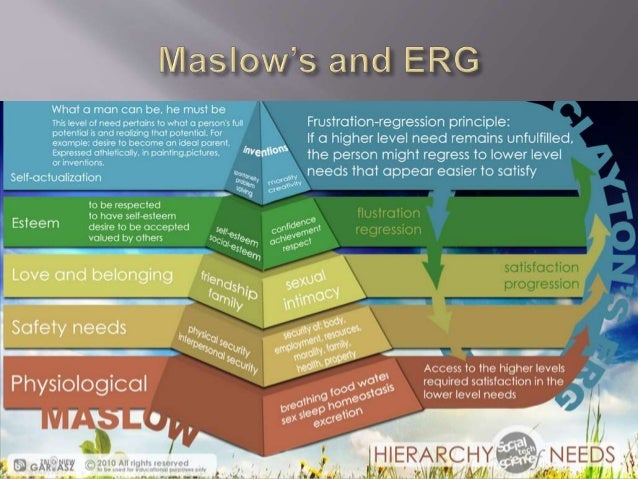

This dissatisfaction would result in the employee feeling under-appreciated and perhaps worthless. If an employee notices that another person is getting more recognition and rewards for their contributions, even when both have done the same amount and quality of work, it would persuade the employee to be dissatisfied. The way people base their experience with satisfaction for their job is to make comparisons with themselves to people they work with. Thus, all else being equal, it would be acceptable for a more senior colleague to receive higher compensation, since the value of his experience (and input) is higher.

John Stacey Adams proposed that an employee’s motivation is affected by whether the employee believes that their employment benefits/rewards are at least equal to the amount of the effort that they put into their work.Īn individual will consider that he is treated fairly if he perceives the ratio of his inputs to his outcomes to be equivalent to those around him. Equity theory, most popularly known as equity theory of motivation, was first developed by John Stacey Adams, a workplace and behavioral psychologist, in 1963.


 0 kommentar(er)
0 kommentar(er)
